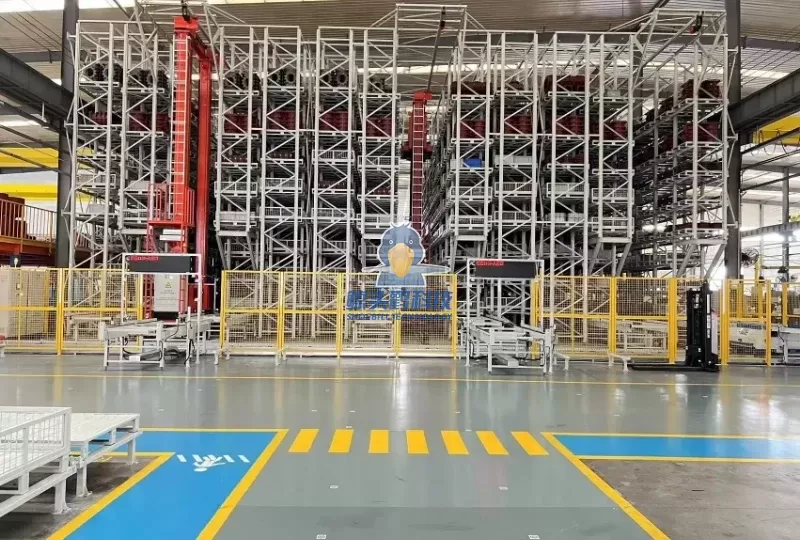In an era where the lines between traditional and digital workspaces are increasingly blurred, understanding the nuances of different types of desks becomes essential for optimizing productivity and comfort. Among the most common types of work surfaces are writing desks and computer desks. While they may seem similar at first glance, each serves a distinct purpose and caters to different needs. This article delves into the fundamental differences between writing desks and computer desks, exploring their design, functionality, and suitability for various tasks.
Design and Aesthetics
Writing Desks: A Nod to Tradition
Writing desks are often characterized by their classic design, which emphasizes elegance and simplicity. Typically, they feature a flat surface with minimalistic storage options, such as drawers or shelves. The aesthetic appeal of a writing desk often lies in its craftsmanship, with many being made from high-quality wood and showcasing intricate details. This makes them ideal for environments where style is paramount, such as home offices, libraries, or study rooms.
Computer Desks: Functionality Meets Modernity
In contrast, computer desks are designed with functionality at the forefront. They often incorporate features tailored for computer use, such as cable management systems, adjustable heights, and ergonomic designs. Many computer desks come equipped with built-in shelves or compartments for storing peripherals like printers, monitors, and keyboards. The modern aesthetic of computer desks tends to be more utilitarian, focusing on maximizing workspace efficiency rather than showcasing traditional craftsmanship.
Functionality and Usability
Writing Desks: Ideal for Creative Endeavors
The primary function of a writing desk is to provide a dedicated space for writing, drawing, or other creative tasks. The expansive surface area allows for the use of notebooks, books, and art supplies without the clutter of technology. Writing desks encourage a more contemplative and distraction-free environment, making them suitable for tasks that require deep focus and creativity. They are often favored by writers, artists, and students who appreciate a serene workspace.
Computer Desks: Tailored for Digital Tasks
On the other hand, computer desks are specifically engineered for digital work. They accommodate the ergonomic needs of users who spend extended hours in front of a screen. Features such as adjustable heights, keyboard trays, and monitor stands help promote better posture and reduce strain. Additionally, computer desks often include ample storage for technology-related items, making them ideal for professionals, gamers, and anyone whose work revolves around computers.
Ergonomics and Health Considerations
Writing Desks: A Static Approach
While writing desks can be aesthetically pleasing, they may lack the ergonomic features necessary for prolonged use. Users may find themselves in uncomfortable positions if they spend long hours writing or working on a laptop. It’s essential for individuals who choose writing desks to incorporate ergonomic accessories, such as supportive chairs and wrist rests, to mitigate potential strain.
Computer Desks: Ergonomics at the Forefront
Computer desks, by design, prioritize user comfort and health. Many models offer adjustable heights, allowing users to alternate between sitting and standing positions. This flexibility can significantly reduce the risk of repetitive strain injuries and promote better circulation. Furthermore, the layout of a computer desk often facilitates a more organized workspace, reducing clutter and distractions that can lead to decreased productivity.
Conclusion: Choosing the Right Desk for Your Needs
In summary, the choice between a writing desk and a computer desk ultimately depends on your specific needs and work habits. If your tasks involve extensive writing, drawing, or creative thinking, a writing desk may provide the serene environment you require. Conversely, if your work revolves around computer use, a computer desk will offer the ergonomic support and functionality necessary for efficiency and comfort.

